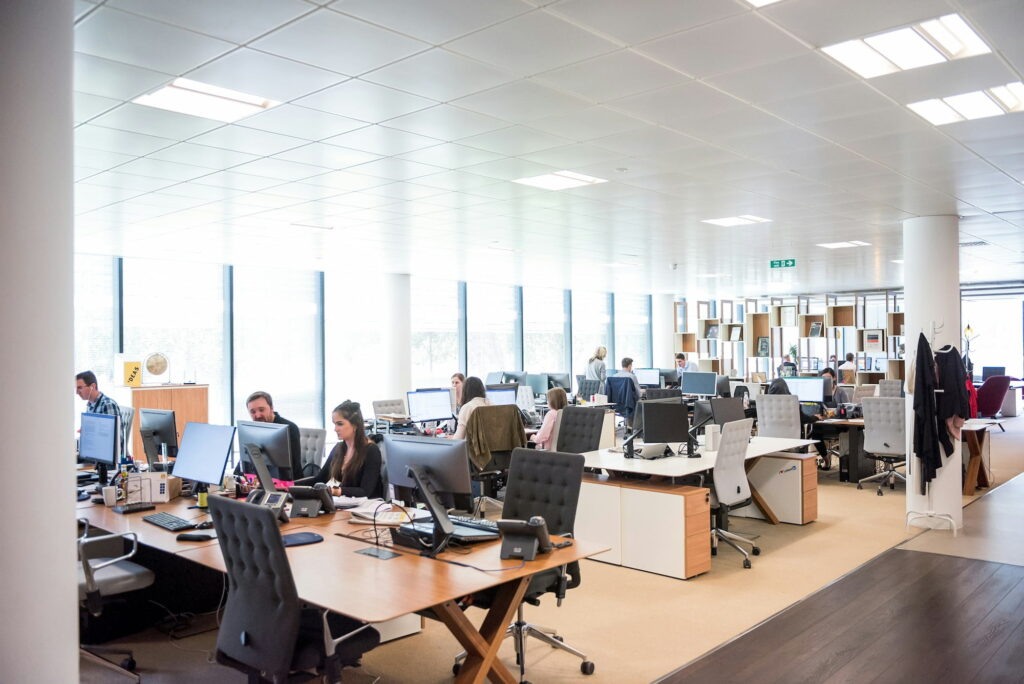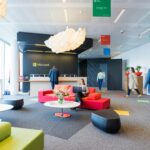Not long ago, most employees had a fixed desk. Since the COVID-19 pandemic, hot desking has become a popular way for companies to create more flexible workspaces.

Remote and hybrid models have quickly become the new standard. Employees no longer come in every day, and when they do, they often use different spaces depending on the task at hand. At the same time, employee expectations have shifted – flexibility, autonomy, and work-life balance are now top priorities. According to a recent McKinsey study, 87 percent of surveyed employees say they’d be more productive working their preferred number of days from home than being in the office full-time. These changes have challenged the traditional office setup and opened the door for more dynamic and adaptable ways of working.
Why Companies Are Embracing Flexible Workspaces
Recent shifts in how and where people work are exactly why many companies are now moving to hot desking. In a hybrid environment, where employees split their time between home and the office, having one dedicated desk for every person simply doesn’t make sense anymore. Instead, organizations are rethinking how to use their space more efficiently.
Hot desking helps reduce costs by allowing companies to downsize office footprints and avoid paying for desks that sit empty most of the time. Beyond the financial benefits, this approach also fosters a more collaborative and connected workplace. When employees choose where to sit based on the day’s activities or the teams they’re working with, it creates opportunities for cross functional engagement and fresh ideas.
Common Issues with Shared Desk Environments
While advantages of hot desking are clear, it also comes with its own set of challenges – and making it work requires the right tools and mindset. Without careful planning, employees may find it difficult to access the resources they need. It’s not uncommon for people to spend valuable time searching for an available desk or trying to track down colleagues. This can lead to frustration and lost productivity which is exactly the opposite of what hot desking aims to achieve.
Some desks may not have the right equipment, like monitors or privacy for calls. If employees can’t choose a space that fits their needs, it can make their workday harder. Over time, this unpredictability can discourage people from coming into the office at all.
Solving Hot Desking Challenges with Smart Solutions
For hot desking to deliver its full potential of flexibility, cost savings, and collaboration, companies need the right solutions. Reservation systems that let employees book desks or meeting rooms in advance help remove uncertainty and allow people to plan their office days with confidence. Visual tools, such as interactive floor plans, make it easy to see where colleagues are seated or which spaces are available, which encourages productivity and spontaneous collaboration.
Smart analytics and space usage data provide valuable insights to help organizations fine-tune office design and capacity planning as workplace needs evolve. In some cases, IoT technology like presence sensors or NFC-enabled desk indicators can further improve the experience by supporting automatic reservations and real-time status updates.
Interested in making hot desking more efficient with desk reservations and real-time floor plans? Contact us at DeskMe!




